A Conversation with Matthew Ogens (AUDIBLE)
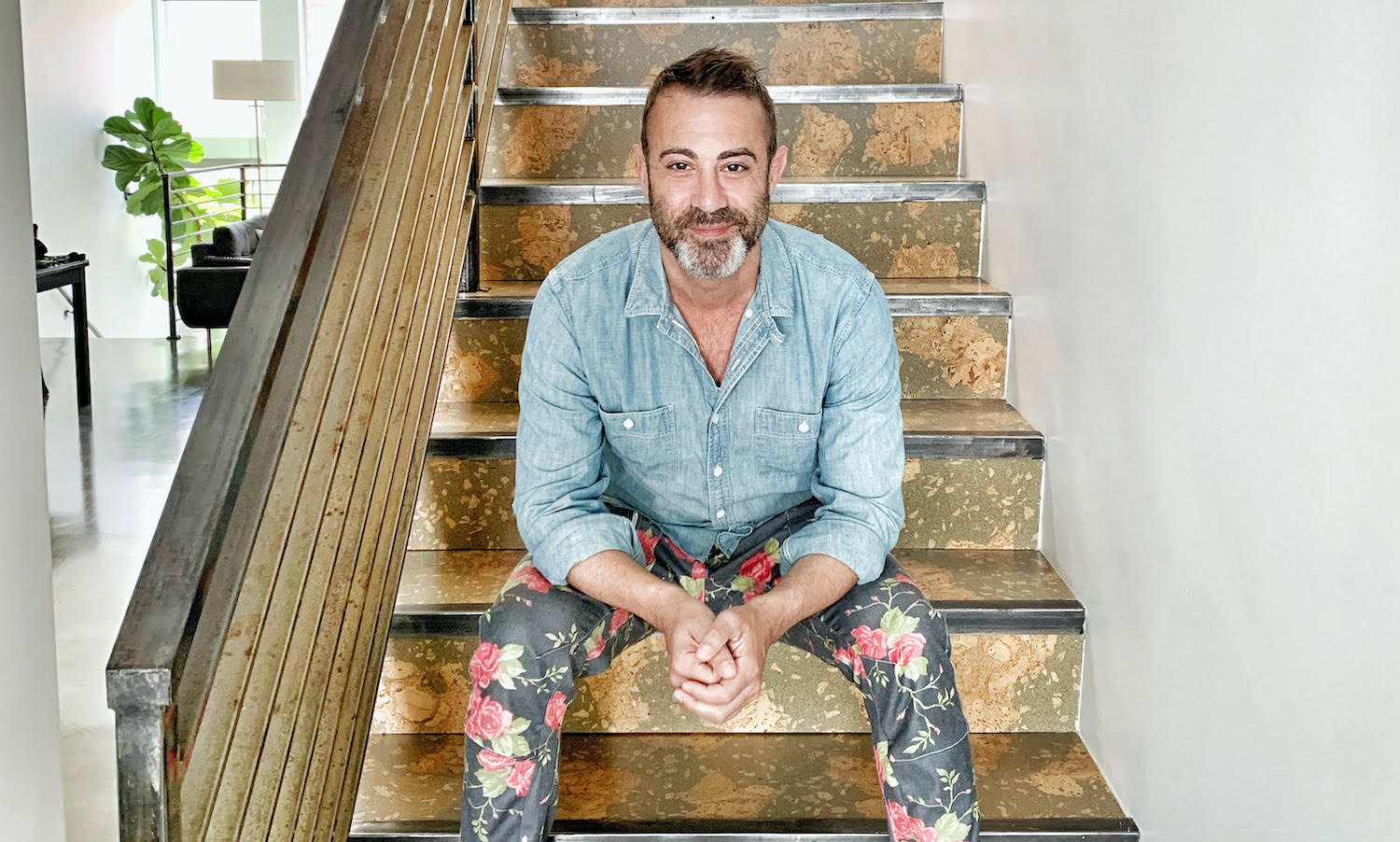
Championship athletes may not be foremost on people’s minds when they think of a school for deaf students, and yet, why not? The children who attend are merely deaf or hearing impaired, in otherwise full control of their young, potentially powerful bodies. Such is certainly the case at the Maryland School for the Deaf (MSD), located in Frederick, a city in the western part of the state, about an hour north of Washington, DC. They are recurring champions in many sports, and generally triumph whether playing against hearing or other deaf teams. In Audible, director Matthew Ogens (Home + Away) follows three students at the school – central character Amaree, then Jalen and Lera – in their senior year, as the football team struggles after its first loss in 42 games. The rapidly approaching Homecoming game will be their final competition not only of the season, but of their high-school careers.
Amaree is the one football player among our protagonists, while the other two are cheerleaders. In moving, intimate scenes, the film explores not only their relationships with each other, but how they feel about their deafness and the approaching launch of their college lives and beyond. We learn how the death of a former classmate, Teddy, has affected them and colored their views of how they might fare in the hearing world, where bullies await. That’s how Teddy died, taking his own life after his adoptive parents moved him out of the MSD and into a non-deaf school. He was Amaree’s best friend and Jalen’s first boyfriend; in addition to its other focus, the documentary is quietly, but firmly, supportive of everyone’s right to be proud of their identity, whatever it might be. By the end of Audible’s all-too-brief 40 minutes, we have come to love everyone on screen, including the father who abandoned Amaree when he was young (only to come back later and try to repair the relationship). Ogens brings it all masterfully together with an evocative sound design, befitting the promise of the title.
The film just recently played at the 2021 AFI DOCS, and as that festival started, I had a chance to interview Matthew Ogens. A native of the area, Ogens long knew of the MSD before making this film. What follows is a transcript of our conversation, edited for length and clarity. Audible comes out on Netflix on July 1.
Hammer to Nail: Please tell me about your personal connection to this story and to the location where it takes place.
Matthew Ogens: I’m from DC and Maryland, and so I knew of the school because I grew up 30 minutes away. My best friend since I was eight years old is deaf. So I had a connection to the deaf community. And then sort of the icing on the cake was that at the beginning of my directing career, about 10 years before we filmed, I directed a commercial campaign for a big brand about high-school football teams around the country. And Maryland School for the Deaf was one of them. So I landed back near where I grew up on a subject matter that was close to me, and I stayed in touch with the school for a decade and would visit them every couple of years to get updates and had ups and downs and stops and starts until everything aligned and I was able to partner with Netflix and make this.
HtN: What makes the football team so good? I never understand why some high-school programs are better than others. But what do you think makes this particular team such a consistently phenomenal one?
MO: I mean, I can guess. They’re good not because they’re good for a deaf team. They’re just good and happen to be deaf. And that’s an important thing that we try to convey in the film. I think they’re just good. I also think that because they’re deaf, they work harder. I mean, I saw it in practice: they’re athletes. And in any endeavor, sports or otherwise, it’s not just physical, it’s mental. It’s mind over matter. And I think that they push harder to prove themselves and earn respect on the field. In the film, Coach Ryan says it, himself, that he thinks they have almost a sixth sense. Perhaps they’re more focused on sight, really being able to focus without sound distracting them from the ball and movement. They also certainly feel vibrations. And so maybe it’s a bunch of things.
HtN: And clearly they have good coaching.
MO: Definitely. And by the way, Coach Ryan was the star of the commercial I did 10 years earlier as the star player.
HtN: Interesting!
MO: It comes full circle.
HtN: It does come full circle. So, you therefore partially answered this next question, since you’d worked with Coach Ryan before, but how did you, in this case, gain the trust and acceptance of your subjects? What was that process like?
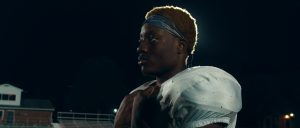
A still from “Audible”
MO: It worked pretty organically, and happened over time, because I would show up, when visiting my family, and stop in there, maybe film a little bit, watch a game, stay in touch. And with all the different projects I did over the years, I always stuck with this one. I knew this was going to be an important one and I think they felt that, too. I shared of myself with them, did a lot of listening and being curious and learning without coming in with an agenda. Because I really wanted them to tell their story and really just become a vehicle. And hopefully that shows, visually. And with sound, I wanted to make it immersive and make it feel like it’s their story, not me observing. And I think that helped with the trust, too: What do you listen to? What do you watch? What colors do you see?
HtN: Why make this a short film and not a longer film? I feel like there’s plenty of story to expand on. Was that something Netflix insisted on?
MO: Oh, it just came from conversation. Personally, I don’t look at whether something is a short or a feature, and I don’t think Netflix does, either. It’s a film, right? It’s a story with a beginning, middle and end and a character with goals and conflict. And I think, in talking about it with Netflix, we were like, “Hey, why don’t we, instead of doing something too macro and about something, why don’t we focus on it through one character?” And it just sort of happened naturally. Certainly there are more kids, more stories in the deaf community. And hopefully this is the beginning of a longer next project. I’m pretty proud. I like the idea that we focused it on Amaree. And even the other people you meet, Jalen and Lera and Terrence and Teddy, is through his perspective. I really enjoyed that focus.
HtN: Speaking of Teddy, we only get the tip of the iceberg about what happened. How did you navigate how much of that to include? For example, why did he get sent to a hearing school?
MO: It’s interesting. I didn’t know about that story, or Teddy, at first. That just came naturally when I was, if you want to call it that, “casting” and started talking to the kids, not too long before filming. And they were just sharing with me. But because we decided we’re going to see this through the point of view of Amaree, we didn’t want to go too far on tangents. Now, if this was a feature, sure. And also, even though we all have a curiosity, sometimes a morbid curiosity, I think the point is made about acceptance and tolerance and empathy and equality, regardless of the details. But certainly, in an expanded longer version, we would have gone there. I also wanted to be sensitive. These were still growing teenagers and I wanted to handle it very respectfully and carefully and involve their parents and really let them dictate. That scene at the end – I don’t want to give it away – at the cemetery, they invited us along. They were going with or without us. So I didn’t want to force anything and open wounds, either.
HtN: That makes sense. Speaking of not forcing anything and going along with your characters … as do many documentarians, you place elements in your film that were clearly staged for the camera in the moment. I’m thinking of Amaree’s silent scream in the beginning, which was very effective. But you couldn’t have done that without his cooperation.
MO: Sure.
HtN: So, how did that work for this film, in terms of getting those elements that are things that people probably do anyway, but you’re having them do it for the camera versus just things you capture in observational footage.
MO: There are so many different ways to do documentaries today, almost sub-genres within it. And I’ve done various: pure docu-follow; Ken Burns, Errol Morris interview with some archival. I have been moving towards more visual storytelling and kind of pushing the boundaries depending on the project. Every project is not the same. And my brain’s always worked narratively, visually and then…because storytelling is a narrative art and the authenticity comes from the characters.
And so not that we’re making it up, but if Amaree tells me that, for example, “Hey, a lot of times I’ll just go up to my room by myself and I’ll put on my cochlear implant and listen to music because I feel isolated at home, anyway,” I’m like, “Okay, well let’s do that.” Do you know what I mean? So I’m going off of something he’s really doing. But I’m certainly composing it because I also, for this film in particular, wanted it to feel like an audio-visual immersive experience. And so colors coming in and how they see the world, like I said, what they’re dreaming of, obviously we need to compose that a bit, to accentuate what’s going on. And then interviews and vérité and real moments happen as they happen.
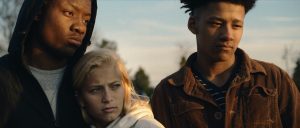
A still from “Audible”
HtN: Of course. And speaking of those staged elements of the film, you also have, as one would hope in a film about the deaf, an evocative sound design. And of course we recently had Sound of Metal, which was a narrative film about deaf characters, and that also had a really interesting sound design. How did you decide when you’d have moments of silence, muffled sounds and/or distorted sounds versus regular diegetic sounds?
MO: I knew I was going to do something with sound design and make it a character, 10 years beforehand. Not that we can ever show the hearing audience what it’s like to be deaf, but if we can manipulate the sound to let them dip into it and feel something … I knew I wanted to show the spectrum from silence to vibrant and saturated sounds and muffled sounds along the way, with music working with that. Jackson Greenberg, our composer, and Derek Vanderhorst, the sound designer: these are A-listers. Derek’s done sound design for X-Men and No Country For Old Men. And Jackson did Cartel Land. So I knew I wanted them to work together.
And even with the music, a lot of it feels environmental, sometimes very distorted and basic, right? So you could almost feel it a little bit, the vibrations of it. I wanted to make the soundscape a character for the hearing audience or others, depending on your level of hearing. But also, if you’re fully deaf, we did the subtitles and the open captions with you in mind. We were trying to create an experience that’s equally as entertaining and emotional for everyone.
HtN: Have you shown it to the School for the Deaf yet?
MO: No. They’re about to see it.
HtN: Well, I hope that all goes well and I thank you for making it. I really enjoyed the film.
MO: Thank you!
– Christopher Llewellyn Reed (@ChrisReedFilm)








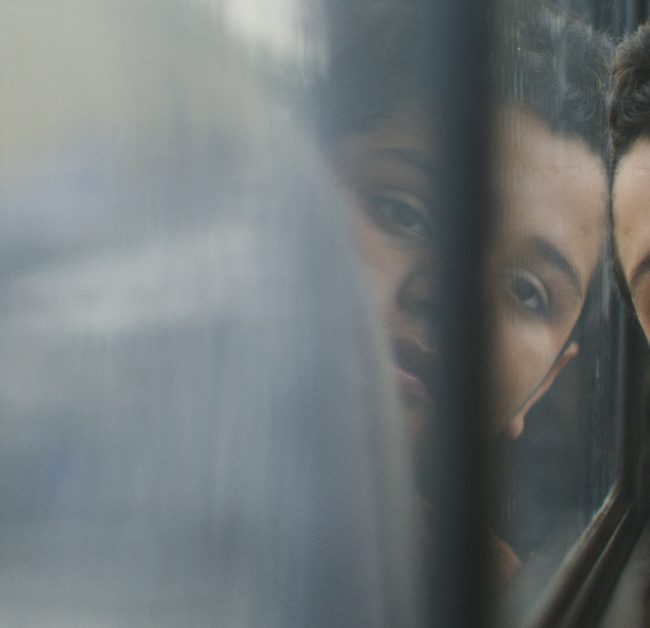
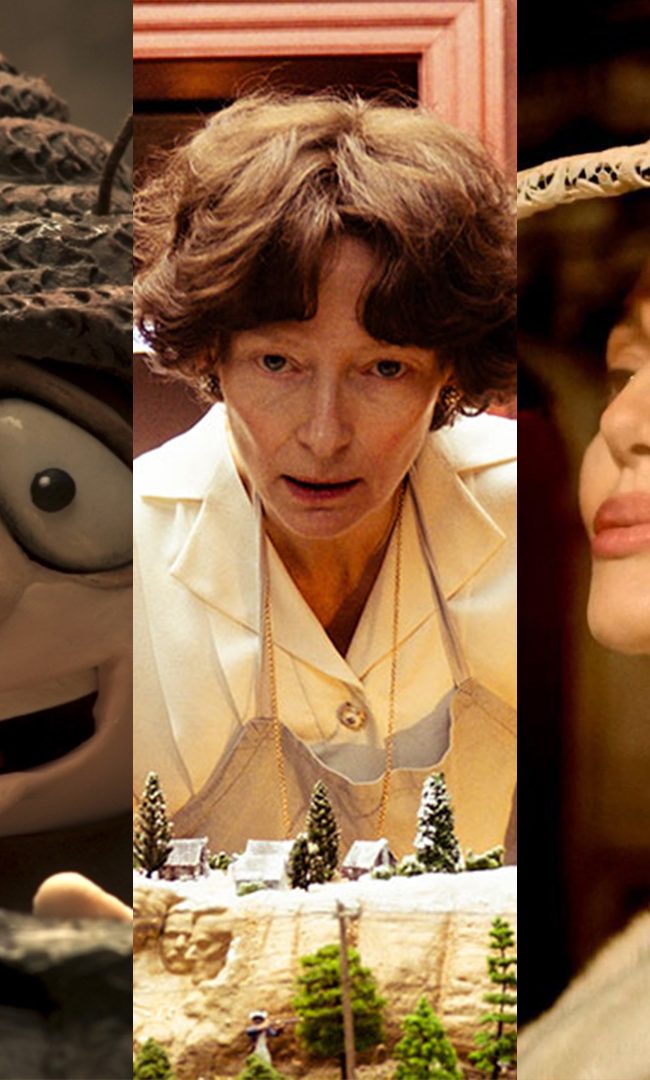


Pingback: AUDIBLE a Netflix Original Documentary - Matt Ogens | Filmmaker